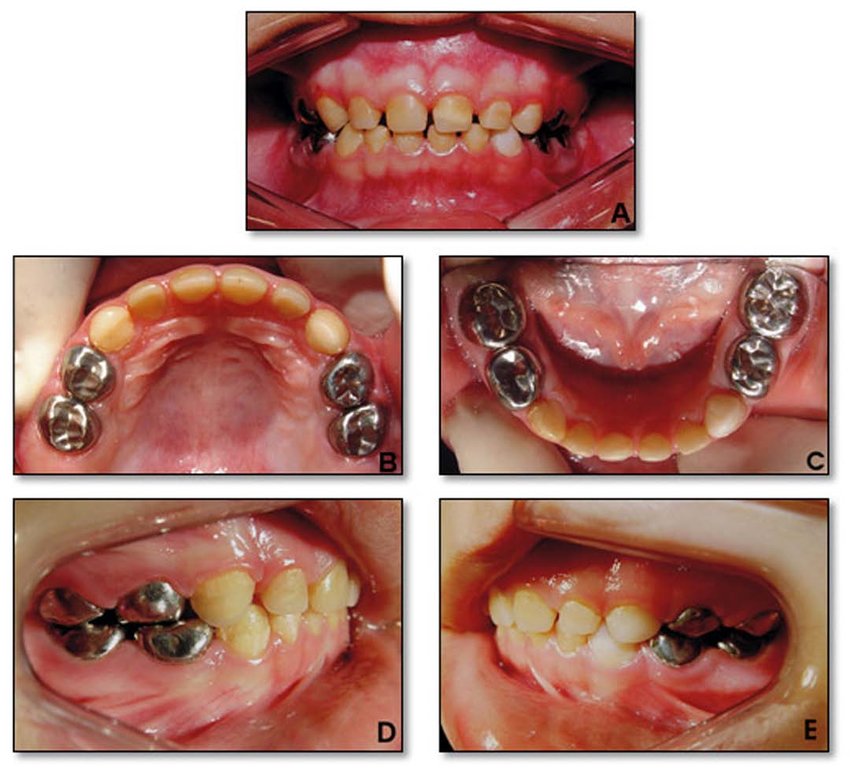Teething and Sleep: Helping Your Baby Rest

Teething is a significant developmental milestone for babies, but it can disrupt their sleep patterns and make bedtime challenging. As new teeth emerge through the gums, babies often experience discomfort, which can lead to restless nights and frequent awakenings. Understanding how teething affects sleep and implementing strategies to help your baby rest can make this period more manageable for both of you. In this comprehensive guide, we’ll explore how teething impacts sleep and offer practical tips to help your baby get the restful sleep they need.
How Teething Affects Sleep
Teething typically begins around 4 to 7 months of age, though the timing can vary. As teeth push through the gums, babies may experience a range of symptoms that can affect their sleep:
1. Discomfort and Pain
The process of teeth emerging through the gums can be uncomfortable. This discomfort can cause babies to wake up frequently during the night and have difficulty falling back asleep.
2. Increased Drooling
Teething often leads to increased drooling, which can cause skin irritation and discomfort. Babies may become more fussy or wake up due to a wet or irritated face.
3. Changes in Eating Habits
Teething can also impact a baby’s appetite. They may refuse to eat, which can lead to hunger waking them up at night.
4. Irritability and Crankiness
The overall discomfort from teething can make babies irritable and cranky, which can further disrupt their sleep patterns.
Tips for Helping Your Teething Baby Sleep Better
Providing comfort and support during teething can help your baby sleep better. Here are some effective strategies to consider:
1. Establish a Consistent Bedtime Routine
A consistent bedtime routine can provide comfort and predictability for your baby, helping them feel secure and ready for sleep.
- Routine Components: Incorporate calming activities such as a warm bath, gentle rocking, reading a bedtime story, and singing lullabies.
- Consistency: Stick to the same routine every night to signal that it’s time for sleep.
2. Use a Cool Mist Humidifier
A cool mist humidifier can help ease teething discomfort by keeping the air moist. Dry air can exacerbate irritation, while a humidifier can soothe your baby’s throat and nasal passages.
- Placement: Place the humidifier in your baby’s room, ensuring it’s positioned safely away from the crib.
- Maintenance: Clean the humidifier regularly to prevent mold and bacteria buildup.
3. Offer Cold Teething Relief
Cold therapy can numb the gums and provide temporary relief from teething pain. Use these methods to soothe your baby before bedtime:
- Cold Teething Rings: Refrigerate, not freeze, teething rings and let your baby chew on them.
- Chilled Washcloths: Offer a chilled, clean washcloth for your baby to chew on.
- Cold Foods: For older babies who are eating solids, chilled applesauce or yogurt can provide relief.
4. Ensure a Comfortable Sleep Environment
Creating a comfortable sleep environment can help your baby settle down and stay asleep.
- Room Temperature: Keep the room at a comfortable temperature, ideally between 68-72°F (20-22°C).
- Comfortable Bedding: Use soft, breathable bedding and ensure the crib mattress is firm and well-fitting.
5. Manage Discomfort with Safe Remedies
If your baby’s discomfort is significant, consult your pediatrician for safe remedies. Over-the-counter options should be used with caution and under medical advice.
- Pain Relievers: Infant acetaminophen or ibuprofen can help alleviate pain. Follow dosing instructions carefully.
- Teething Gels: Consult your pediatrician before using any teething gels, as some may not be recommended for infants.
6. Practice Gentle Sleep Training
Gentle sleep training techniques can help your baby develop healthy sleep habits and reduce nighttime awakenings.
- Gradual Approach: Gradually reduce your presence in the room as your baby falls asleep to encourage self-soothing.
- Consistency: Consistent bedtime practices and sleep environments can help establish a healthy sleep routine.
7. Address Skin Irritation
Teething can cause drooling and skin irritation. Keep your baby’s skin dry and comfortable to prevent further discomfort.
- Drying the Skin: Gently pat your baby’s face dry with a soft cloth if they become excessively drooly.
- Barrier Creams: Apply a gentle, baby-safe barrier cream to prevent irritation from drool.
8. Offer Comfort and Reassurance
Providing extra comfort and reassurance can help your baby feel secure and calm during teething.
- Physical Comfort: Hold, rock, or cuddle your baby to provide comfort and emotional support.
- Reassurance: Offer soothing words and gentle touch to help your baby feel safe and relaxed.
When to Seek Medical Advice
While teething is a normal part of development, there are instances where medical advice may be needed:
- Persistent High Fever: If your baby has a fever over 100.4°F (38°C) that doesn’t resolve with standard care, consult your pediatrician.
- Severe Symptoms: If your baby experiences severe symptoms such as excessive vomiting or diarrhea, seek medical advice.
- Unusual Behavior: If your baby’s sleep disruptions are accompanied by other concerning symptoms, consult your healthcare provider.
Conclusion
Teething can be a challenging time for both babies and parents, but with the right strategies and support, you can help your baby get the restful sleep they need. By understanding how teething affects sleep and implementing soothing techniques, you can alleviate your baby’s discomfort and improve their overall sleep quality. Remember to be patient and adaptable, as every baby’s teething experience is unique. With time and care, your baby will navigate this developmental milestone and return to more restful nights.
Related to read:
Best Oral Hygiene Practices For Optimum Oral Health.
Bruxism: Teeth grinding causes treatment and prevention.
How to keep your gums healthy and disease-free?
References
To ensure the information provided is accurate and up-to-date, the following sources were referenced:
- American Dental Association. (n.d.). Plaque and Tartar. Retrieved from ADA website
- Mayo Clinic. (n.d.). Dental Plaque. Retrieved from Mayo Clinic website
- National Institute of Dental and Craniofacial Research. (n.d.). Periodontal (Gum) Disease. Retrieved from NIDCR website









